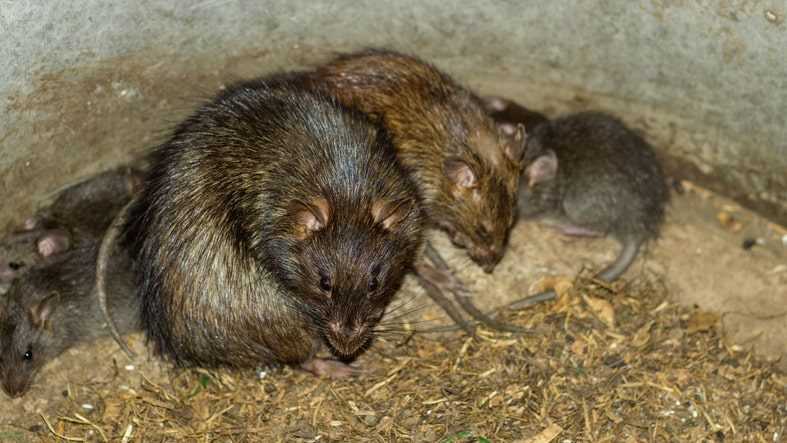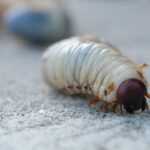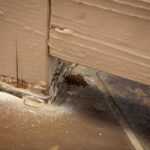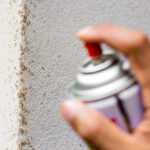Rats. You might get the shivers just thinking about these creatures. Certain conditions or items can attract rats to your home or business, making the thought of an infestation even more alarming. And thinking of having an infestation in your home or business might send you packing.
Keep reading to find out the early signs of a rat infestation and how your friends at PURCOR can help with all your rodent removal needs. For immediate assistance with a growing rat issue, reach out to our rodent control specialists.
Accessible Resources Attract Rats
First, food and water. Most rodents don’t have a stable source of food, so they are always on the lookout for a tasty treat or a few drops of water. Make sure you secure leftover food and sweep up crumbs. Rats will even eat pet food so seal up your cat or dog’s food tightly. To effectively control rats, it is crucial to manage food and water sources by maintaining cleanliness and reducing access to these resources.
Next, shelter. Piles of clutter make a perfectly safe and warm spot for rats to set up their shelter. Places like crowded crawlspaces, messy basements, or packed attics are ideal for rats to make nests away from predators but close to food and water.
Make sure these areas remain tidy and pay attention to any signs that might indicate a rat has taken up shelter here. But what turns the discovery of one rat in your home into an infestation? The simple answer is that rats reproduce at extremely high rates.
How often do rats reproduce?
One female Norway rat, or brown rat, can produce five litters of baby rats every year. Each litter of rats can have around 14 pups. Those pups can begin mating just five weeks after they are born, and a female rat is fertile every three weeks.
The gestational time for a rat is about three weeks, so in just around two months, a pair of mated rats could produce close to two hundred more rats.
Some estimate that a pair of rats could produce half a billion descendants in three years if left unchecked. Though the reality of this happening is very low. Food and water scarcity as well as limited shelter and natural predators will prevent this. However, even having just a few generations of rats in your home is a problem.
Identify Signs of a Rat Infestation
While contacting pest control specialists to identify signs of a rat infestation is your safest option, being educated about these pests. Common signs of a growing rat infestation in your home include:
- Rat droppings in your kitchen around drawers, under sinks, or in cupboards
- Chewed or torn food packaging and boxes
- Scratching noises in your walls
- Grease marks along baseboards where mice’s oily fur has touched them
- Gnaw marks on furniture or walls
Neighborhood and Environmental Factors
Rats are often found in neighborhoods where poor sanitation and inadequate waste management are prevalent. These conditions create a perfect storm for rodent infestations. Tall weeds, overgrown gardens, and cluttered yards provide ideal habitats for rats to live and thrive. When a community lacks a concerted effort to maintain cleanliness and order, it inadvertently rolls out the red carpet for these unwelcome guests. Poor building maintenance, such as holes in walls and floors, also offers easy entry points for rats, making it even more crucial to address these issues promptly.
Why Rats Are in Your Neighborhood
Rats are opportunistic creatures that are drawn to neighborhoods offering abundant food, water, and shelter. Garbage and clutter provide them with ample feeding and hiding spots, while tall weeds and overgrown gardens offer shelter and protection from predators. Rats prefer to travel along the same paths repeatedly, often using building foundations, walls, fences, and bushes as their highways. By understanding these behaviors, you can take proactive steps to discourage rats from making your neighborhood their home. Regularly maintaining your yard, properly disposing of waste, and keeping clutter to a minimum can significantly reduce the likelihood of a rat infestation.
Entry Points and Rat Holes
Rats are incredibly adept at finding ways into buildings, often squeezing through the tiniest of openings. This makes it essential to seal all potential entry points to prevent infestations. Rat holes can be found in various locations, including walls, floors, and foundations. These entry points are not always in plain sight, so a thorough inspection of your property is necessary to identify and seal them.
How Rats Get In
Rats can squeeze through openings as small as a quarter, making it crucial to seal all holes and gaps around pipes, vents, and doors. They are also excellent climbers, capable of scaling walls and entering through chimneys, so installing screens on vents and chimneys is a must. Additionally, rats can enter buildings through open windows and doors, especially at night when they are most active. By keeping windows and doors closed and ensuring that all potential entry points are sealed, you can significantly reduce the risk of a rat infestation.
Diseases Spread by Rats
Rats are notorious for spreading a variety of diseases, posing significant health risks to humans. These diseases can be transmitted through direct contact with infected rats or indirectly through contaminated food, water, and surfaces. Understanding the health risks associated with rats is crucial for taking appropriate preventive measures.
Direct and Indirect Health Risks
Direct health risks from rats include bites and scratches, which can transmit diseases such as leptospirosis and rat-bite fever. Indirect health risks arise from the contamination of food, water, and surfaces with rat urine, feces, and saliva. Rats can carry diseases such as typhus, tularemia, and lymphocytic choriomeningitis virus (LCMV), which can be transmitted through their droppings and nesting material. By being aware of these health risks, you can take steps to prevent rats from becoming a problem in your home or business, ensuring a safer and healthier environment for everyone.
Prevent Rodent Infestations: Stop Rats in Their Tracks with PURCOR
Rats carry diseases like salmonella, HPV, hantavirus, and more. The bottom line is that you don’t want a rat infestation breeding in your home or business. However, if you suspect one might be taking place, contact PURCOR right away. Taking preventive measures to prevent rodent infestations is crucial to minimize disease transmission from rodents to humans.
Our team is knowledgeable and experienced in handling all kinds of pests. Our professional service specialists will treat your home well and make sure you and your loved ones are the only residents living there. Request a free rodent control estimate today.reat your home well and make sure you and your loved ones are the only residents living there. Request a free rodent control estimate today.
"*" indicates required fields
"*" indicates required fields




